The injection engine is a rather complex mechanism, the work of which must be well debugged in order to get maximum performance from it. The article discusses in detail the principle of operation of the injection engine.
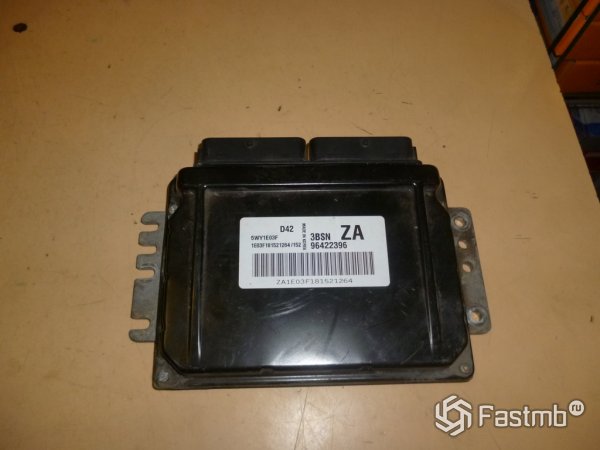
The center of the entire system is the ECU (electronic control unit). It goes by many names, "brains", "computer" and so on. In fact, yes, this is a computer that contains a huge number of tables on the composition of the mixture, fuel injection time and other things. For example, if the engine speed is 1500, the throttle is open 10 degrees, and the air flow is 23 kg, then one amount of fuel will enter the cylinder. If the input parameters are changed, then the result will be different. If there are any problems with the control unit, for example, the firmware flies, then everything goes to waste, the engine either starts to work at random, or stops altogether.
Injection engine sensors
All elements can be divided into executive and sensors. First, let's take a look at the sensors.
Mass Air Flow Sensor (DMRV)
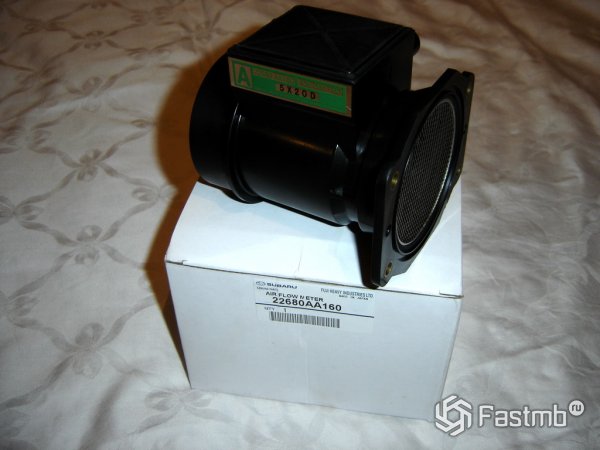
This element is installed in front of the air filter, right at the inlet. Its work is based on the principle of difference in readings. So, electricity passes through two platinum filaments. Their resistance varies with temperature. One of the threads is securely covered from the air flow, which makes its resistance unchanged. The second is cooled by the flow, and based on the difference in values, according to the same tables mentioned above, the ECU calculates the amount of air.
Absolute pressure and engine temperature sensor (MAP)
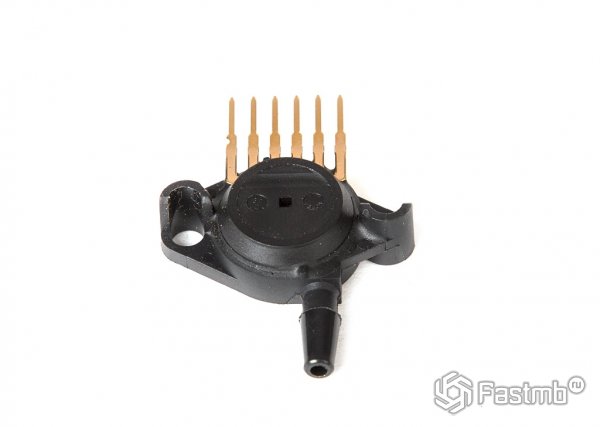
It is used either as an alternative or in conjunction with the above for higher reading accuracy. In short, it has two chambers, one of which is sealed and has an absolute vacuum inside. The second chamber is connected to the intake manifold, where a vacuum is created during the intake stroke. Between these chambers there is a diaphragm, as well as piezoelectric elements. They generate voltage when the diaphragm moves. The signal then goes to the ECU.
Crankshaft position sensor (DPKV)
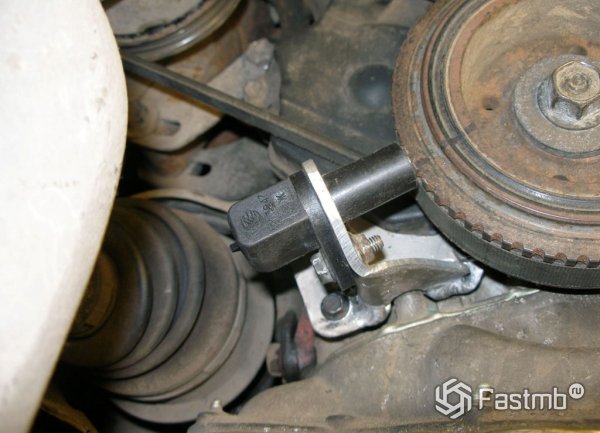
If you look at the crankshaft pulley of the injection engine, you can see a comb on it. She is magnetic. There are teeth along the entire perimeter. There should be 60 of them in total, every 6 degrees. But two of them are missing, they are needed for synchronization. The crankshaft position sensor incorporates a magnetized steel core, as well as a copper winding. When the teeth pass in the winding, an induction current arises, the voltage of which depends on the speed of rotation of the pulley.
Phase sensor (DF)
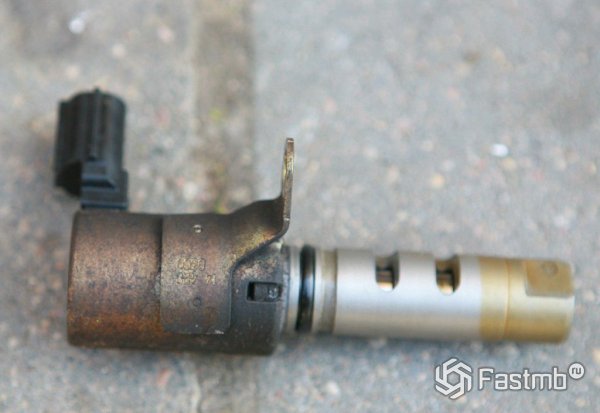
Not all engines were equipped with it before, but now it can be found almost everywhere. It works on the principle of a Hall sensor, that is, it has a disk with a coil, as well as a slot. As soon as the slot hits the sensor, the output voltage across it is zero. This moment means the top dead center of the compression stroke of the first cylinder. This is necessary so that the ECU can generate voltage for ignition in the desired cylinder, as well as control the cycles. So that, for example, the nozzle does not open during the working stroke.
Knock sensor

It is installed on the cylinder block of the injection engine. As soon as detonation occurs in the engine, vibration is transmitted through the block. The sensor is a piezoelectric element that generates voltage, the stronger the vibration, the higher the voltage. Accordingly, the ECU, based on its readings, corrects the ignition timing. But more on that later.
Throttle Position Sensor (TPS)
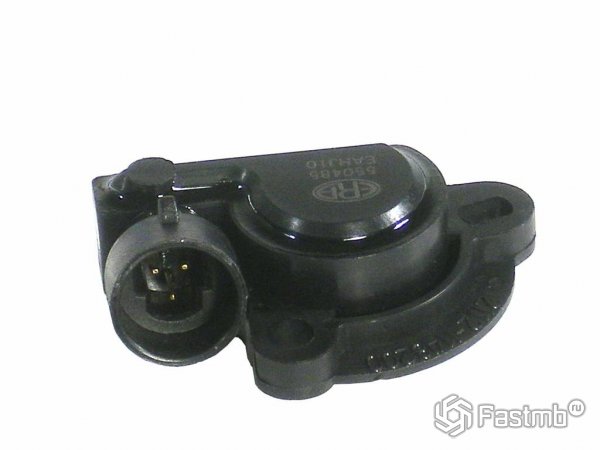
Basically, it's just a potentiometer. The reference voltage on it, as a rule, is 5 volts. So, depending on what angle the throttle valve deviates, the voltage at the control output changes. Everything is simple.
Coolant temperature sensor (DTOZH)
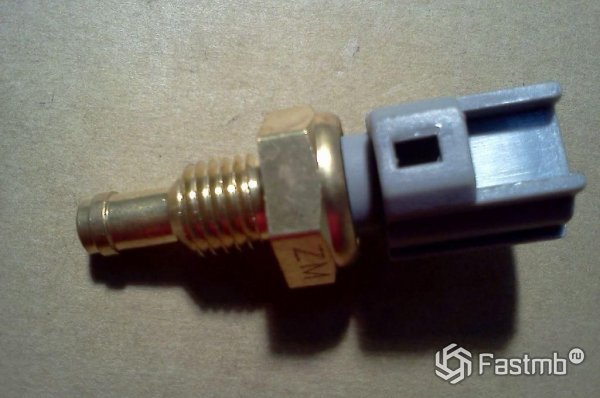
This sensor is needed to determine the temperature of the engine. If on a carburetor engine it is needed simply to turn the electric fan on and off, then here it is a more complex device. This is a thermal resistance, the value of which varies with temperature. Accordingly, the voltage changes as it passes through it.
oxygen sensor
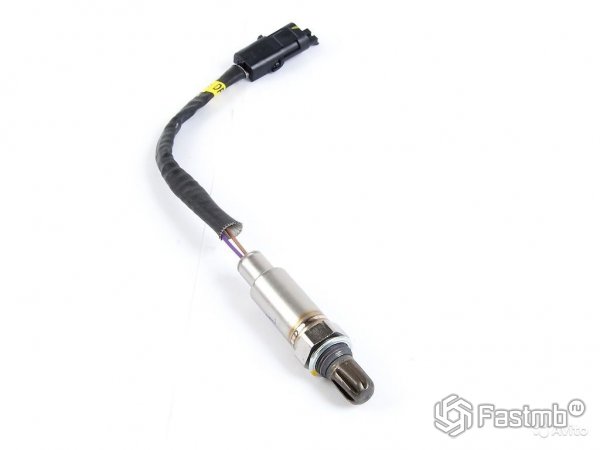
It is installed in the exhaust system, there are systems with two sensors. Its task is to monitor the amount of free oxygen in the exhaust gases. For example, if there is too much of it, then this means that the whole mixture does not burn out, which means that it is necessary to enrich it. If there is less oxygen than it appears in the regulatory tables of the ECU, then it must be depleted.
Executive elements
Actuators got their name because they make adjustments to the operation of the engine. That is, the control unit receives a signal from the sensor, analyzes it, and then sends a signal to the actuator.
Fuel pump
Let's start with the power system. It is installed in the tank and supplies fuel to the fuel rail at a pressure of 3.2 - 3.5 MPa. This allows you to guarantee high-quality fuel spray into the cylinders. As soon as the engine speed increases, the appetite also increases, which means that more fuel must be supplied to the rail to maintain pressure. The pump starts to rotate faster at the command of the control unit. Most modern cars, starting around 2013, are equipped with a fuel module that includes a pump and an inline filter. This significantly affects the cost of replacing the filter, because the entire module must be changed. Some manufacturers write in the instructions that the module is installed for the entire life of the car, but you should not believe that some kind of filter can go through more than 2 seasons.
Nozzle
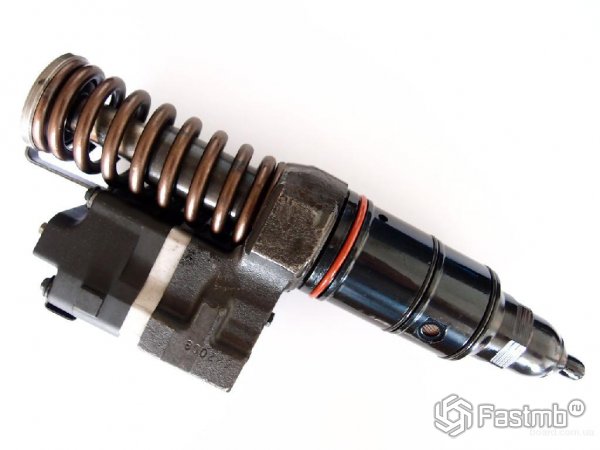
After the fuel has passed the entire wire circuit, it enters the nozzle, which doses its supply to the cylinder. The nozzle is a very small diameter solenoid valve that sprays gasoline into the combustion chamber. The ECU changes the amount of fuel that is supplied by the time intervals while the injector is open. As a rule, these are tenths of a second.
throttle valve

We all once saw a carburetor, looked into it from above. So it had dampers that blocked the air. Here the principle is the same. Perhaps there is nothing more to say.
Idle speed regulator (IAC)
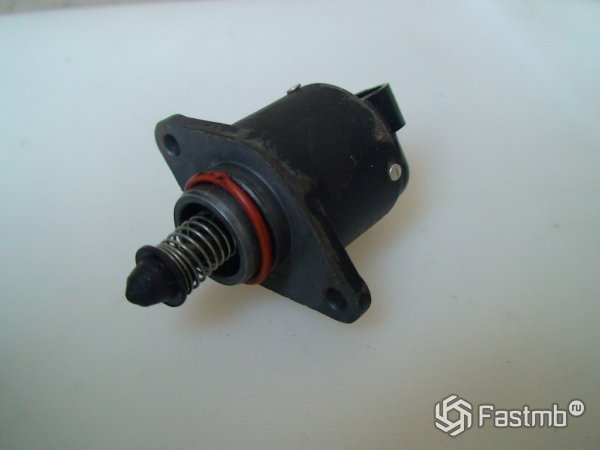
This is also a solenoid valve, the stem of which closes the air duct that bypasses the throttle valve. Depending on the voltage that the control unit supplies to it, it opens this very channel.
ignition module
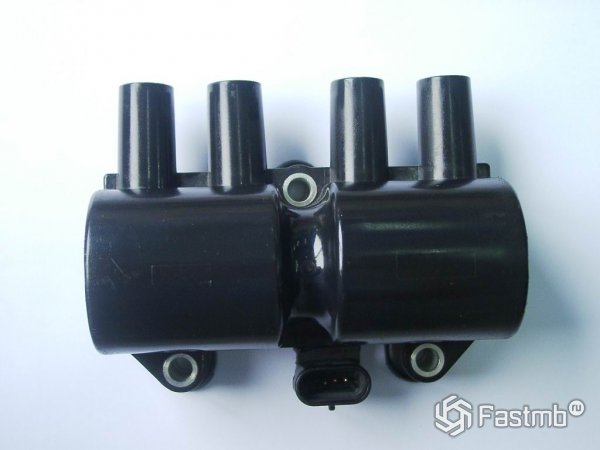
In principle, this is the same ignition coil, only there are four of them. When current passes through the primary winding, a high-frequency high-voltage current is switched in the secondary, which is supplied to the candle.
The principle of operation of the injection engine
So, after we figured out the main components of the injection engine, let's see how it works. After the starter cranked the crankshaft, the DPKV told the control unit which cylinder was in which position. In turn, the phase sensor reported clock cycles. The control unit took this information into account and opened the nozzle in the cylinder in which the intake stroke begins. But he opened it for a reason, but for a strictly defined period of time, which, according to the tables, corresponds to the readings of the DMRV or DBP. This is how the working mixture was formed.
Video: how a gasoline injection internal combustion engine works
After the intake stroke has ended here, compression begins, at which time the intake takes place in another cylinder. Here the piston reaches the top dead center, as indicated by the DPKV and DF, respectively, it is time to apply voltage to the ignition module, to the desired cylinder. To do this, there are two transistors in the control unit, which take on two cylinders each.
Further, when the explosion occurred, the ECU looks at the readings of the knock sensor and corrects the ignition timing for the next cylinder in the direction. But that is not all. After that, when the gases have reached the oxygen sensor, the control unit corrects the composition of the mixture, namely, the opening time of the nozzle, which allows the most efficient use of fuel and its combustion. If the ECU detects a lack of oxygen, but the throttle valve remains open, then the idle air control opens a little.
Engine warm-up and engine temperature sensor
This point should be considered separately, let's say this is a small clarification. So, the warm-up mode of the engine is in no way connected with the readings of some sensors, that is, nothing depends on them. In particular, these are DMRV and DBP, as well as a knock sensor. The block, as already mentioned, contains certain tables, there are a lot of them, millions. So, during the warm-up mode, the ECU works strictly according to these tables and nothing else. This means that if the ratio of air to fuel is 14.1: 1, then it will be so. This figure is the generally accepted norm for operating temperature. So, until the engine temperature reaches the one that is written in the firmware of the control unit, the warm-up mode will not turn off. After the ECU starts working on the sensors.
Which is better, injection or carbureted engine?
This issue is quite controversial, each point of view has many opponents and adherents, both among ordinary drivers and among specialists who fully understand the principle of operation of an injection engine. So, the carburetor engine is distinguished by simplicity and transparency of work. That is, if the mechanic adjusted the idle speed, then they remained so.
As for the injection engine, the whole thing comes down to timely maintenance, as well as the quality of the parts used.







